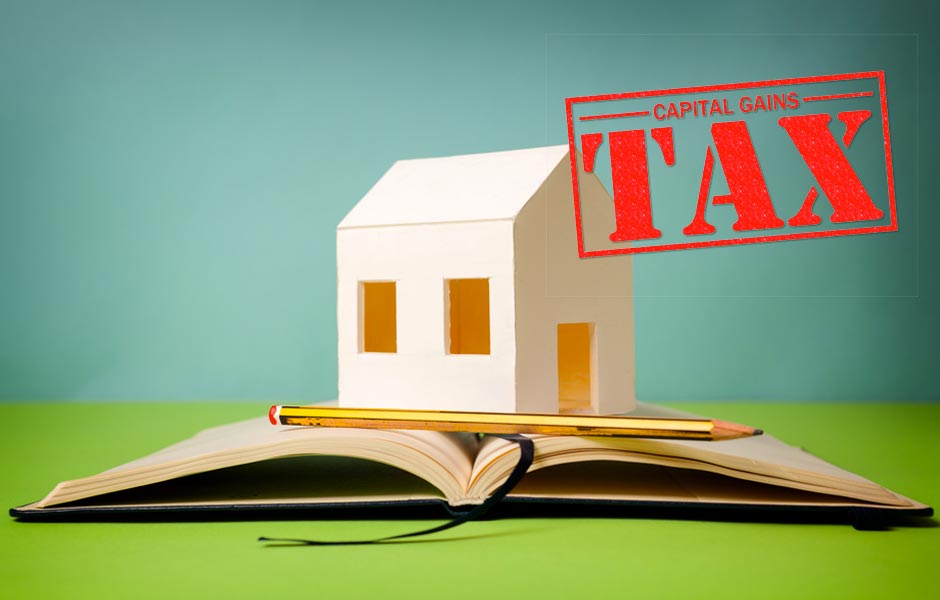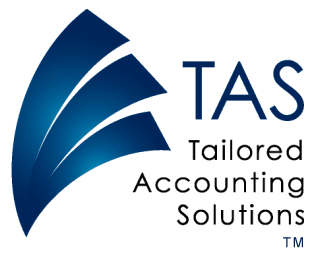The disposal of a depreciating asset may incur capital gains tax (CGT) if the asset has been used for a non-taxable purpose (i.e. private purposes).

There a number of CGT exemptions that may apply to a capital gain or capital loss made from the disposal of a depreciating asset:
Pre-CGT assets: you disregard a capital gain or capital loss from a depreciating asset if the asset was acquired before 20 September 1985.
Small business entity assets: if you are a small business entity you disregard a capital gain or capital loss from a depreciating asset and you can deduct an amount for the depreciating asset’s decline in value under the small business entity capital allowance provisions for the income year in which the balancing adjustment event occurred.
Personal use asset: if a depreciating asset is a personal use asset (one used or kept mainly for personal use and enjoyment), you disregard any capital loss from CGT event K7. You also disregard a capital gain under CGT event K7 from a personal use asset costing $10,000 or less.
Collectables: you disregard a capital gain or a capital loss from a depreciating asset that is a collectable costing $500 or less.
Balancing adjustment event and CGT event: you only include a balancing adjustment event that gives rise to a capital gain or capital loss under CGT event K7. However, capital proceeds received under other CGT events, for example, CGT event D1, may still be relevant for a depreciating asset as CGT events are not the equivalent of balancing adjustment events.
If you have any queries please contact our office on (03) 9728 1448.
Have a great day!
Isabella Farmakis Buckosvky
TAS Tailored Accounting Solutions
(03) 9728 1448
This publication is for guidance only, and professional advice should be obtained before acting on any information contained herein. Neither the publishers nor the distributors can accept any responsibility for loss occasioned to any person as a result of action taken or refrained from in consequence of the contents of this publication. Publication February 2017.